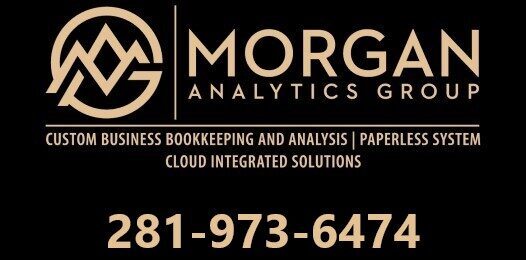Sole Proprietor – Simplest, oldest, and most common form of business ownership in which only one individual benefits and assumes the risk. In a sole-proprietorship there is no legal distinction between the assets and liabilities of a business and those of its owner. It is by far the most popular business structure for startups because of its ease of formation, least record keeping, minimal regulatory controls. Typically overpays taxes and may reach a point where future growth is difficult without financial record keeping assistance designed to increase owner awareness of income and expense controls to promote growth. As profit increases, a false sense of success may result as focus shift to reducing taxes instead of increasing growth and stability. Spending three dollars to save one is not an optimal strategy for growth and stability. Funds should be spent to acquire quality clients and talent, retain quality clients and talent, and grow profitability through increases in efficiencies and productivity.
Partnership – A type of business organization in which two or more individuals pool money, skills, and other resources, and share profit and loss in accordance with terms of the partnership agreement. In absence of such agreement, a partnership is assumed to exit where the participants in an enterprise agree to share the associated risks and rewards proportionately. Financial focus is usually to reduce taxes instead of increasing growth and stability. Spending three dollars to save one is not an optimal strategy for growth and stability. Funds should be spent to acquire quality clients and talent, retain quality clients and talent, and grow profitability through increases in efficiencies and productivity.
LLC, S-Corporation and C-Corporation – Many businesses – small ones in particular – make the decision to seek some type of legal and liability protections, as well as special tax treatment. This is typically done through adopting a business organization form that will effectively separate the business owner(s) from the business itself. In doing so, the obligations and liabilities of the business become the responsibility of the business entity, and not its owners. The business has a legal existence to buy, sell, own and enter into contracts, separate from the owners. A corporation can live
live beyond the life spans and capacity of its owners, because its ownership can be transferred through a sale or gift of shares.
Limited Liability Corporation (LLC) – offers a business owner considerable flexibility. The owner can have many of the same legal and liability protections available to corporations, but corporate formalities are greatly relaxed. The major exception are loans and obligations (such as leases) personally guaranteed by the owner – they will remain a potential liability of the owner despite the LLC status of the business. LLC regulations vary from state to state, so you will need to be familiar with the rules in your state before making the decision to create an LLC status for your business.
S-Corporation – Traditional C-Corporation profit is subject to “double taxation” (see C-Corporation below). Shareholders can avoid double taxation by converting the corporation to a Sub-chapter S corporation. This allows the corporation to pass its profits on to the shareholders, where it will be taxed as individual income only, similar to treatment under a partnership. No income tax will be owed by the corporation itself. In order to become an S Corp, the business must file IRS Form 2553 (Election by a Small Business Corporation) with the Internal Revenue Service, and meet the following requirements:
- The business must first be either a C Corp or a Limited Liability Corporation (LLC)
- The maximum number of shareholders is 100
- Shareholders must be natural persons, not partnerships or other corporations
- The business must be a domestic corporation, and its shareholders must be either residents or citizens of the US
C-Corporation – The primary type for large, publicly held companies. Their shares can be easily bought and sold on public stock exchanges since there is no limit on the number of shareholders they can have. In addition, unlike S Corporations, C Corp shareholders are not limited to natural persons (can be corporations or partnerships), nor is there a requirement that they be US residents or citizens. Distributions of profits to shareholders in the form of dividends holds the potential for double taxation. Since dividends are paid out of the corporation’s after-tax income, they are then subject to the individual income tax rates of each individual shareholder to whom their paid. Thus the same income is taxed twice.
Retail Sales, Services and Professional Services – distributes goods and services to customers. Retail outlets include brick-and-mortar stores like Target and Macy’s. It also includes online retailers such as Amazon. Retail distribution also includes home sales such as Avon Products and TV retailers like QVC. Services include restaurants, hotels, car repair, and a/c repair. Professional services include lawyers, accountants, investment brokers, and real estate agents.
Wholesale – Person or firm that buys large quantity of goods from various producers or vendors, warehouses them, and resells to retailers. Wholesalers who carry only non-competing goods or lines are called distributors.
Manufacturing – Entity that makes a good through a process involving raw materials, components, or assemblies, usually on a large scale with different operations divided among different workers. Commonly used interchangeably with producer.
